-
Car Reviews
- All reviews
- Midsize SUVs
- Small cars
- Utes
- Small SUVs
- Large SUVs
- Large cars
- Sports SUVs
- Sports cars
- Vans
Latest reviews
- Car News
-
Car Comparisons
Latest comparisons
- Chasing Deals
Volkswagen sent its Tiguan platform on a cultural exchange to Barcelona; the resulting Cupra Terramar is fluent, fun…and different in the right way
Sixty percent of Australians have heard of Cupra, and the Barcelona-based manufacturer aims to hit a 100 percent recognition rate among surveyed Australia new car buyers in short order.
While word of mouth, and a heavy serve of offbeat marketing, has driven the Volkswagen Group-owned brand to modest early success in Australia, extending appeal further will mean launching more relevant products.
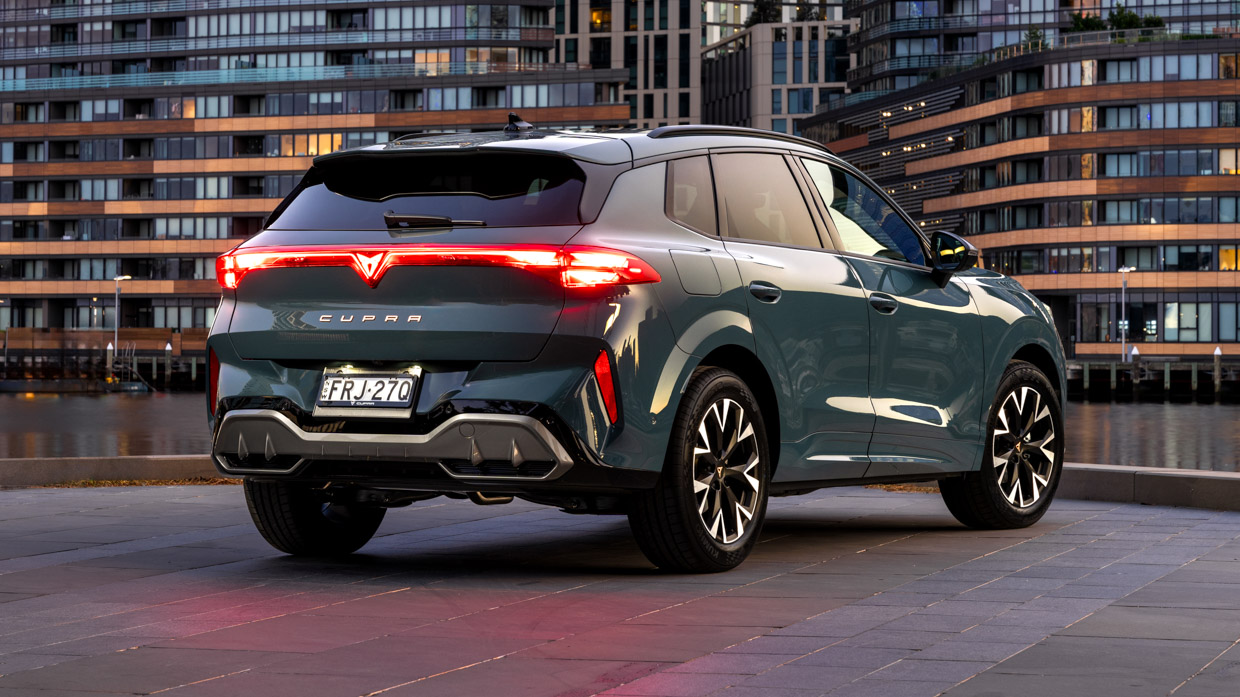
Enter the Cupra Terramar: a Goldilocks-sized 4.5-metre midsize SUV that is very similar in architecture to the recently redesigned Volkswagen Tiguan.
We liked the new Tiguan, and after an extensive first drive in the Terramar (in base 110kW mild hybrid ‘S’ format, and in top-end 195kW AWD ‘VZ trim), it turns out that we like this recipe even more with a bit of Spanish flair.
Available immediately with petrol power, and by the end of 2025 with a powerful plug-in hybrid (PHEV) offering 100km of electric range plus a turbo engine, the Terramar’s dimensions closely resemble the Tiguan.
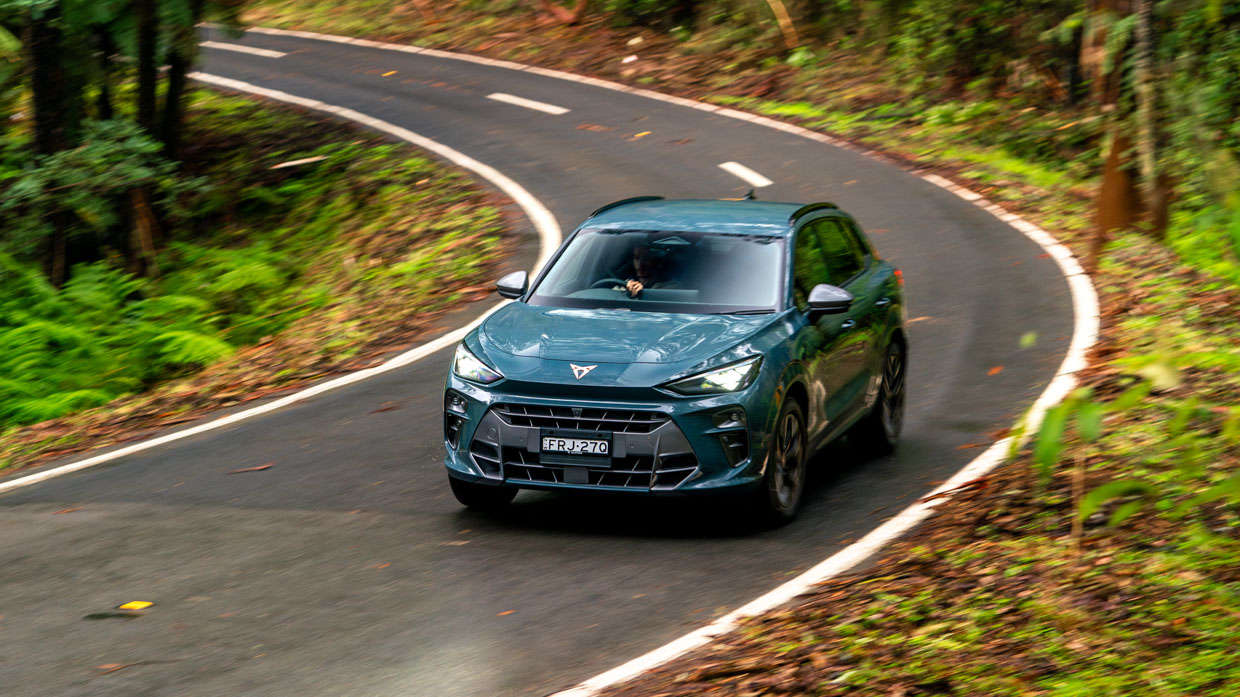
About 80 percent of the driving experience does, too – but it is the 20 percent ‘extra’ that Cupra is responsible for that adds desirable charm atop the Tiguan’s strait-laced excellence.
A more interesting interior, appealing steering feel, and the availability of modern and economical engines than the volume-selling Volkswagen should all make the Cupra appealing to those willing to take a chance on a lesser-known brand.
The Terramar is far from the cheapest midsize SUV. Its positioning in the hotly-contested segment echoes the brand’s aspiration to sit somewhere between mainstream and premium vehicles – even a little north of where Volkswagen plays.
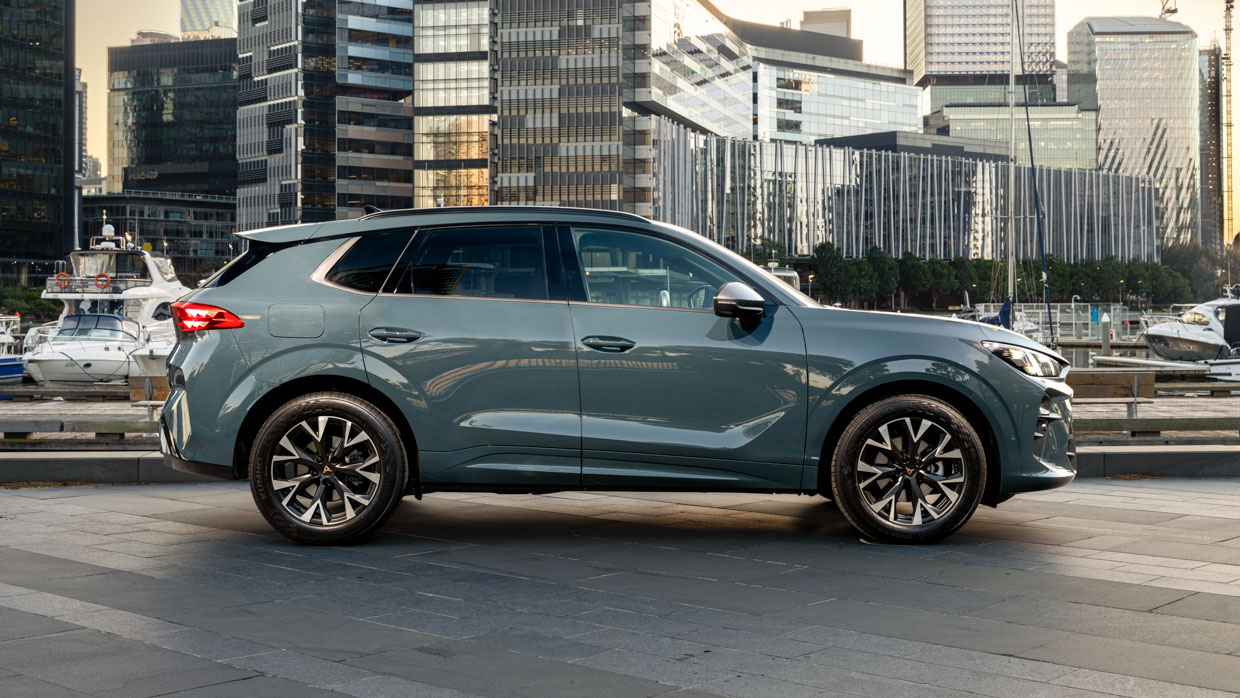
National driveaway prices keep things consistent across Australia. Pricing for the forthcoming Terramar VZe PHEV is not yet known, but we do know what this crossover costs when purchased with one of three launch engines:
Optional equipment for the S and V trims is limited to a Leather and Sound Package ($1600) that adds ‘High Canyon’ deep burgundy leather and a Sennheiser stereo, and an opening panoramic sunroof with blind ($2000).
The sunroof is also available optionally for the VZ, which exclusively picks up the offer of an Akebono performance brake package ($4200).
We spent most of our time in the entry-level Terramar S, both with and without the Leather and Sound Package, and we’re concentrating on the S in this review.
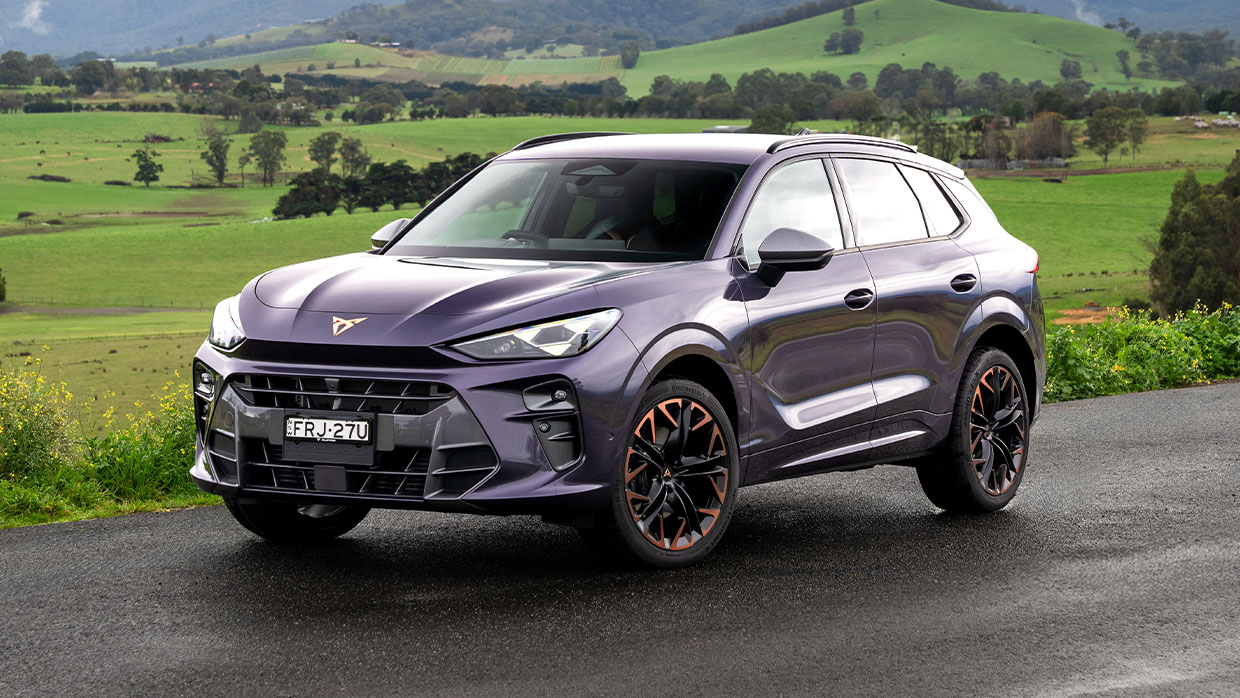
Standard equipment for the S grade includes 18-inch ‘Atomic’ silver alloy wheels, LED headlights with diamond-pattern running lights, power tailgate with kick sensor, smart entry and push-button start, heated leather steering wheel, nine-speaker stereo, three-zone climate control,, and a wireless charger.
Infotainment is by way of a 12.9-inch touchscreen (with wireless Apple CarPlay/Android Auto) and a 10.25-inch digital instrument cluster.
A nine-speaker stereo is standard, as are heated/power-adjustable front seats with driver’s memory. By default, the upholstery is an appealing mix of leatherette and Dinamica microfibre.
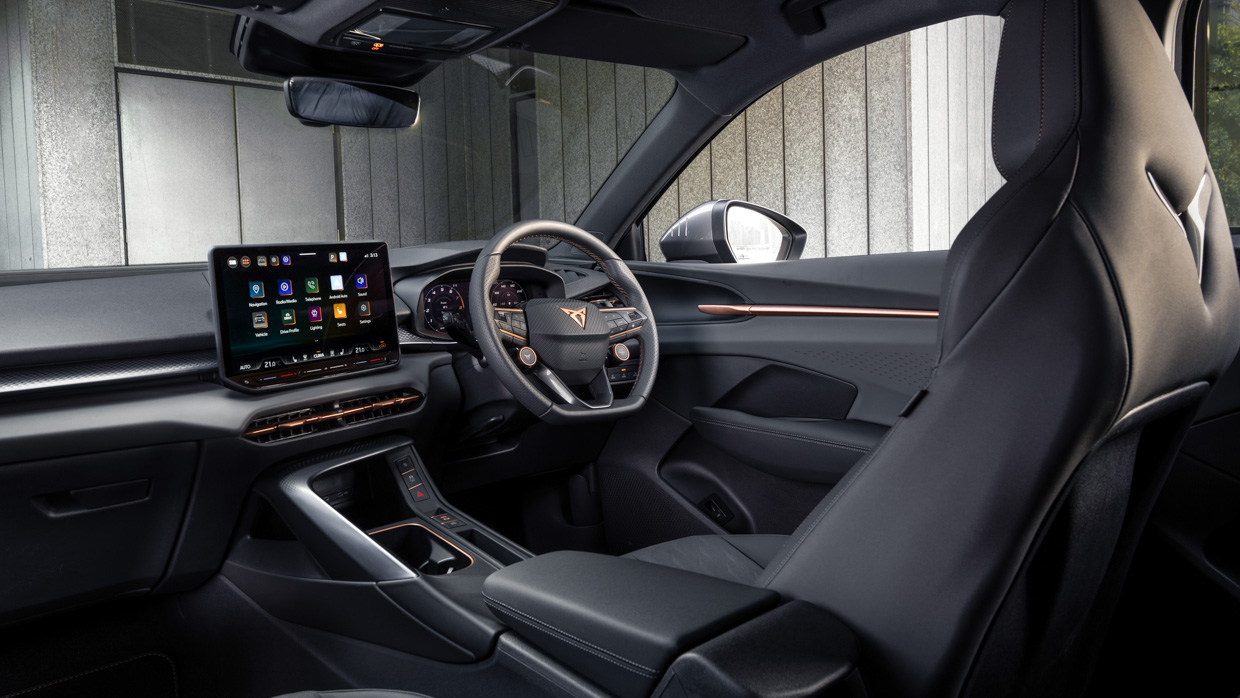
Only two paints—Dark Void (purple) and Graphene Grey—attract a $620 upcharge. Given Midnight Black, Fiord Blue, Timanfaya Grey, Glacial White and Cosmos Blue are all no-cost, it really isn’t necessary to spend up on the Terramar above absolute base.
Still, dropping another $8000 on the Terramar V spec does add all-wheel drive grip, +36 percent power, 19-inch ‘Cosmic’ black/copper alloy wheels, larger front brakes, and hill descent control.
From there, it’s a final $7000 leap into the Terramar VZ, itself +30 percent more powerful than the V. The VZ makes the Leather and Sound Package standard, while grabbing 20-inch wheels, DCC Pro adaptive dampers, Matrix LED headlights, enlarged rear brakes, and a special Cupra drive mode.
The Terramar is a standout midsize SUV from a driving dynamics perspective.
While it’s about 20 percent less fun behind the wheel than the outstanding Cupra Formentor (which continues on as a slightly smaller, lower alternative SUV), the Terramar easily bests big-name rivals for ride and handling fluency.
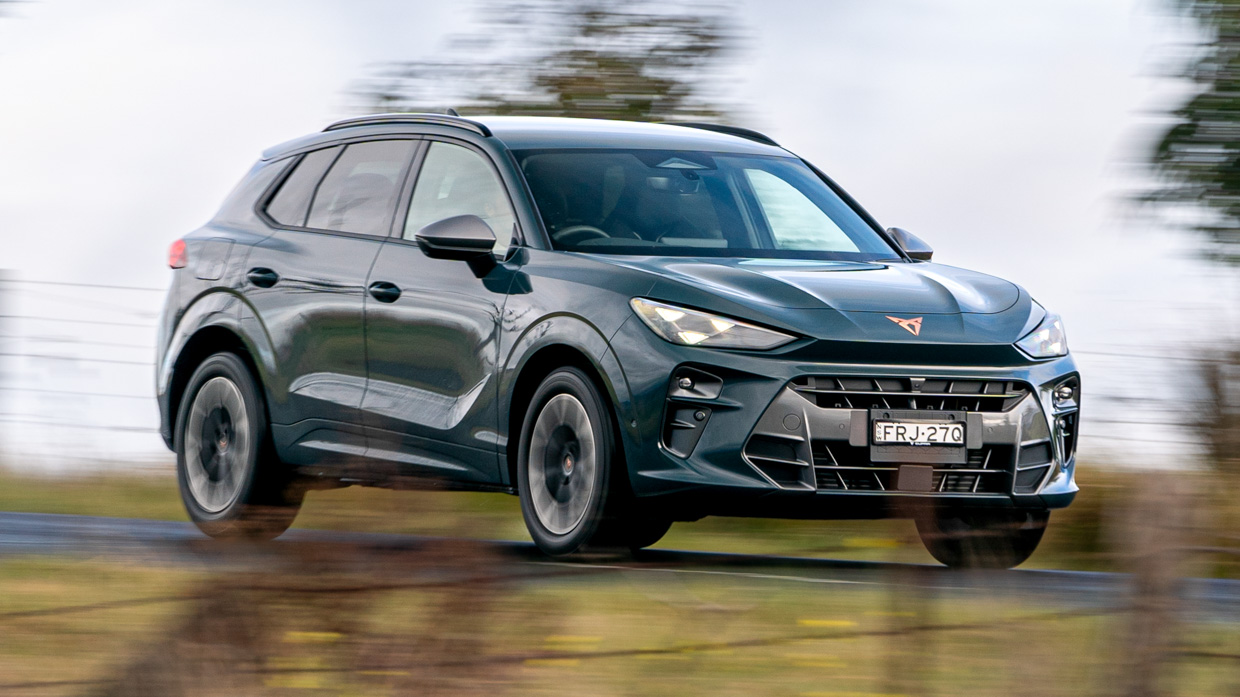
Unlike the Tiguan, the Terramar also brings the Volkswagen Group’s latest mild-hybrid engine tech to the fore, but only in base model format. The S utilises the conglomerate’s EA211 Evo 1.5-litre turbo petrol four-cylinder powertrain with 48-volt mild hybrid assist.
On-paper outputs of 110kW of power and 250Nm of torque look modest (and are modest), but they fail to show how the little turbo mill muscularly manufactures torque early in the revs.
The numbers also fail to show how effective the new mild hybrid system is at masking the driveline’s shortcomings – such as when it is off boost, or when the DQ381 wet-clutch DSG is changing gears. The Terramar S is a nice upgrade over the Tiguan’s older 1.4-litre, non-hybrid four-pot.
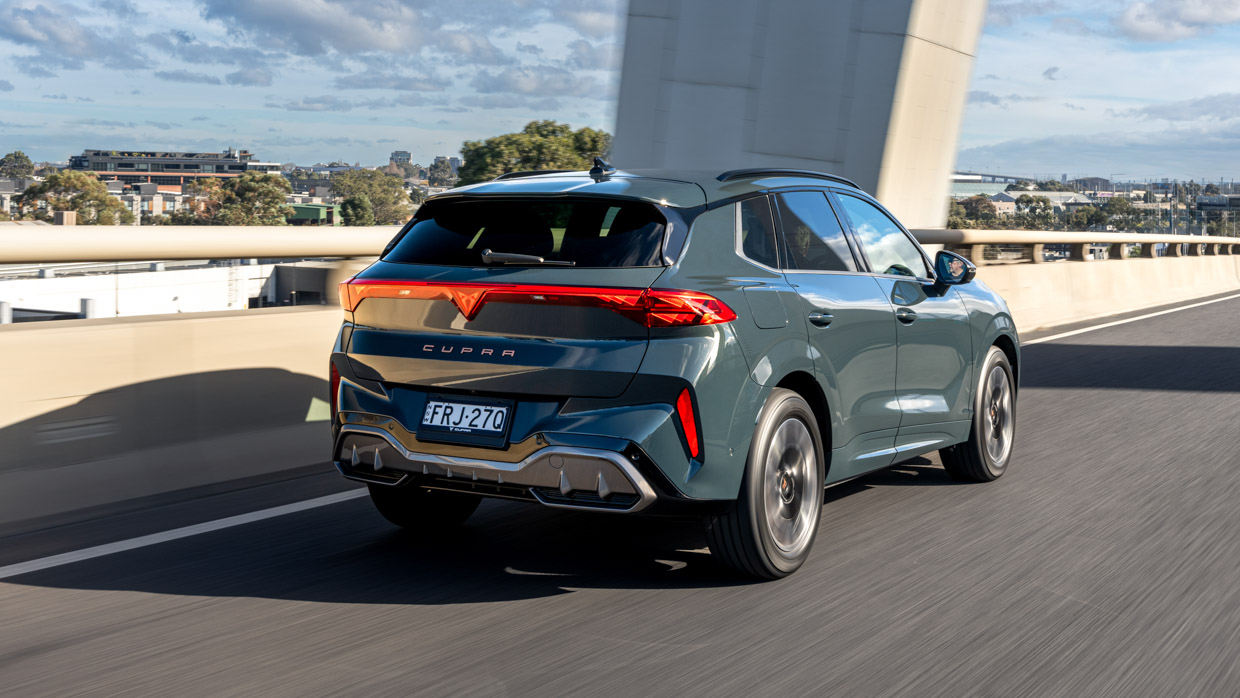
Certainly, the Terramar VZ (which has a whopping 195kW/400Nm 2.0-litre AWD tune) is much faster everywhere, though the Terramar S has quite an appealing level of performance.
The 1.5-litre is easy, approachable and urgent enough to drive in town; it merges with sufficient authority. And when you find a good backroad, this is an enjoyable SUV to punt as you’re able to use all the available performance without doing crazy speeds.
It may turn out that the 150kW Terramar V is the sweet spot, and we’re interested in the forthcoming VZe PHEV if it can be priced competitively.
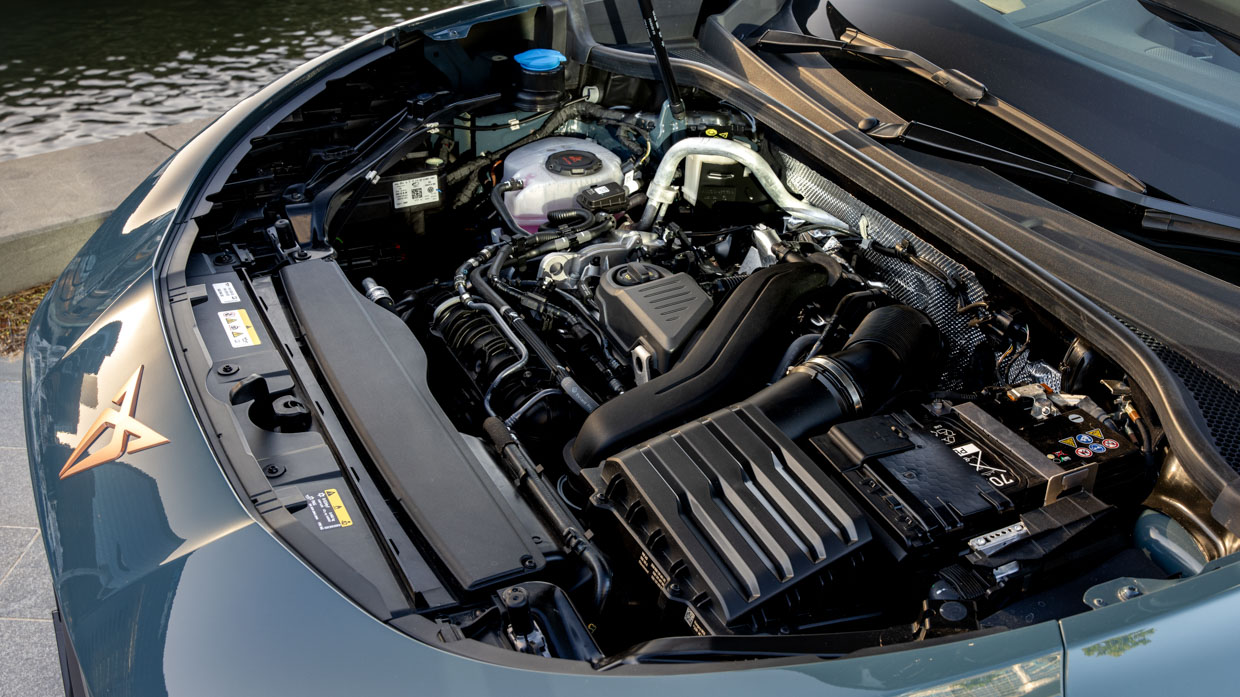
All Terramars share a lovely chassis. Built atop Volkswagen’s MQB Evo transverse platform, the midsize Cupra has bespoke chassis tuning and a lower ride height than a Tiguan; it feels poised and well-balanced.
Cupra steering clearly takes a page out of Porsche’s homework, and we’re OK with that: the Terramar echoes the Formentor’s light, feelsome tiller.
Grip levels on the base S’s Hankook tyres is good rather than great, but we like the ride quality that comes from the combination of this trim’s passive dampers and 18-inch wheels with plenty of tyre sidewall.
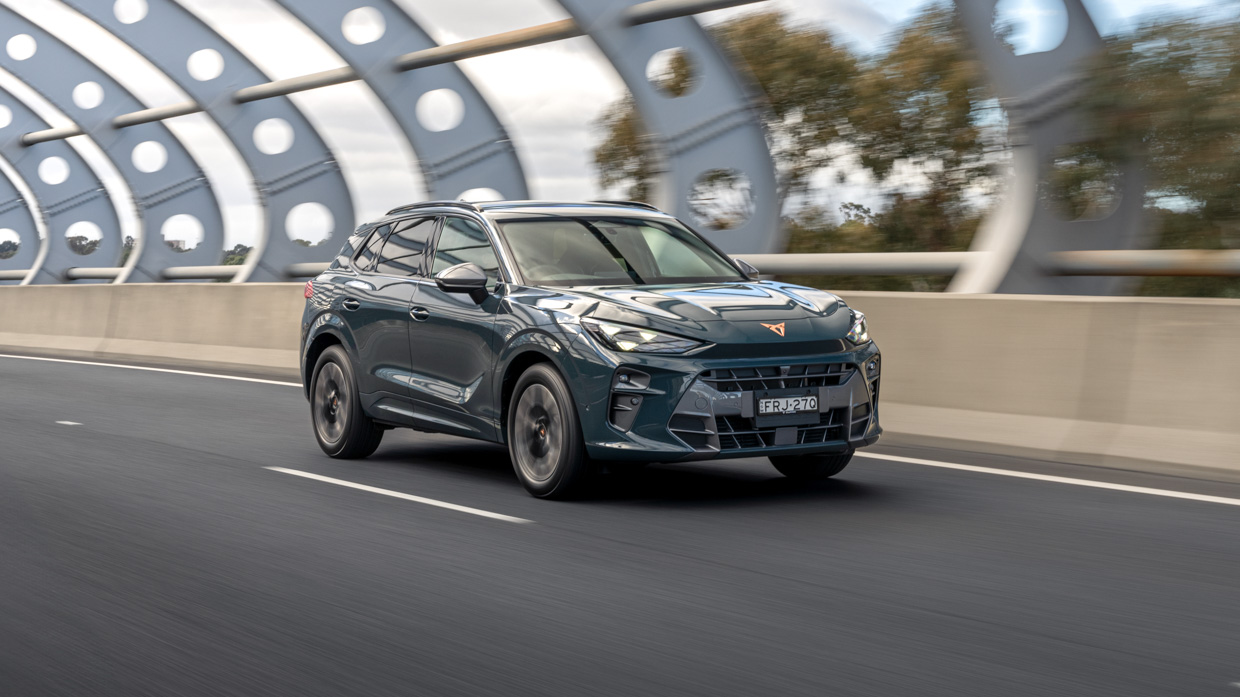
Our point of comparison was the frenetic VZ’s 20-inch/low profile tyre/adaptive suspension combination. That car’s 15-stage DCC Pro dampers are impressive, but the huge and heavy wheels can’t match the delicate fluency of the S for overall ride-handling balance.
It’s a refined thing, with limited road noise, and the tuning of the Travel Assist strong adaptive cruise control/lane centring is bang-on, with the capacitive steering wheel allowing just a light palm touch to keep the system activated on long highway stints.
Cupra openly asserts it wants to straddle the mainstream and premium segments, and the nature of the Terramar’s interior reflects this balance.
The important stuff (seat comfort, ergonomics, tech) is all executed with excellence; while you can find materials that are ‘less than luxurious’ below the beltline, Cupra has ensured the things passengers will touch every day all feel sufficiently plush.
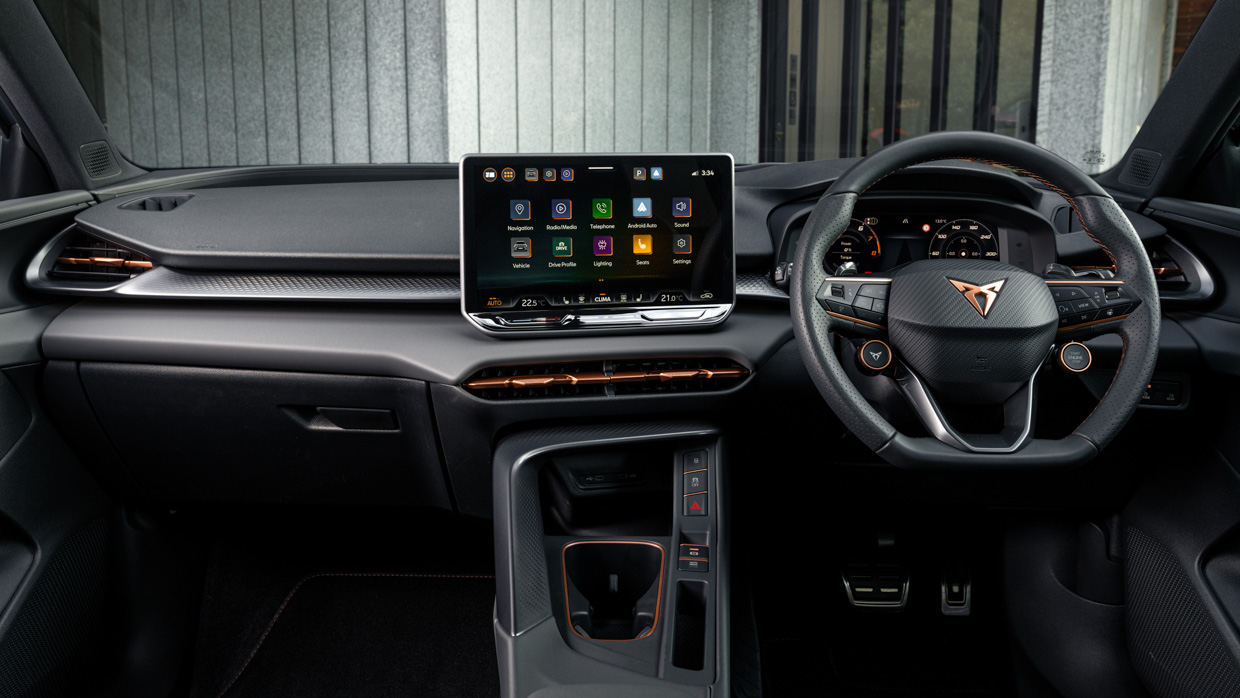
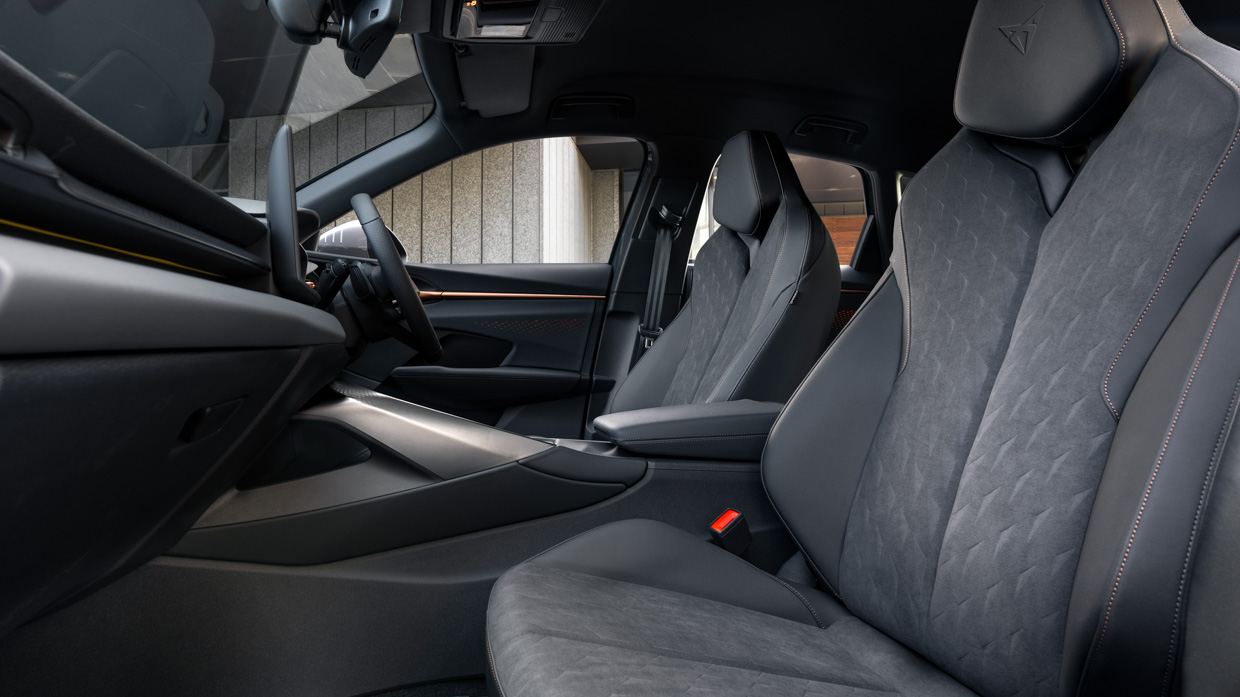
With either the standard Dinamica/artificial leather trim, or the optional real leather, the front seats are just excellent. They look cool, with an integrated bucket design, but back and leg support is superb with a subtle Germanic firmness that stays supportive on long drives.
Having conveniences like power adjustment, memory for multiple drivers, and front seat heating all standard betrays a big reason why the Terramar isn’t the cheapest option in the segment, it’s well-equipped from base.
Many vehicles (including new entrants) have long spec sheets but what the Terramar gets right is that everything works like you’d expect.
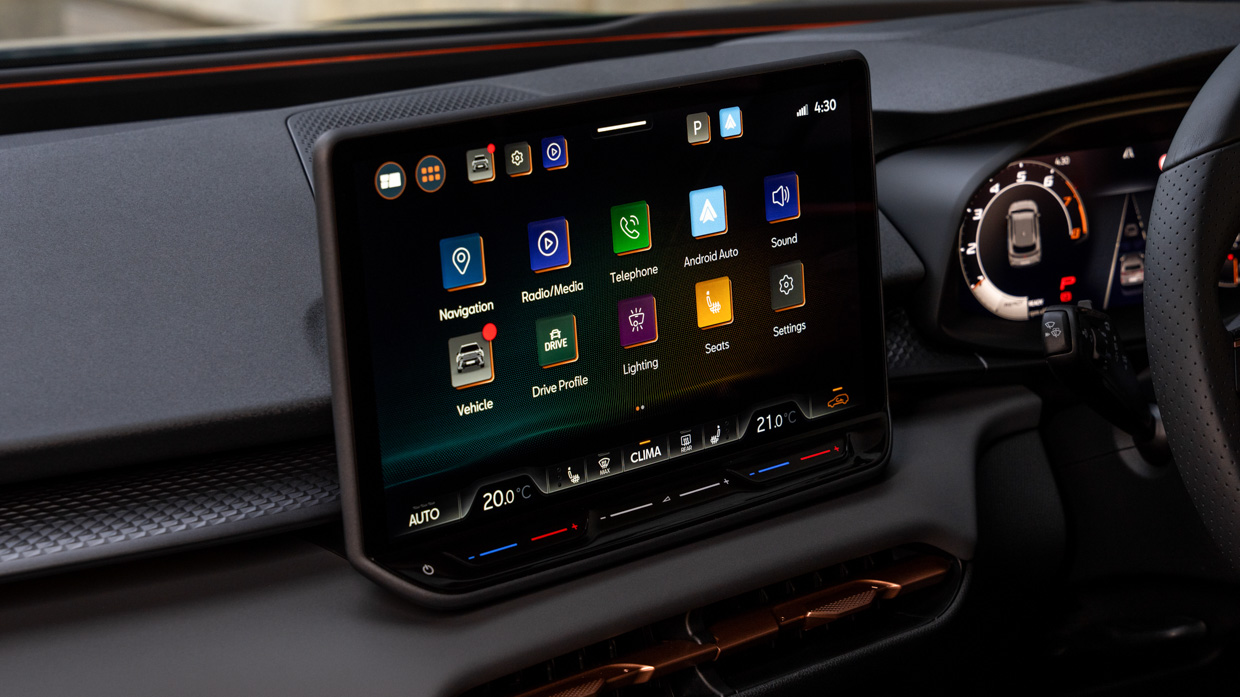
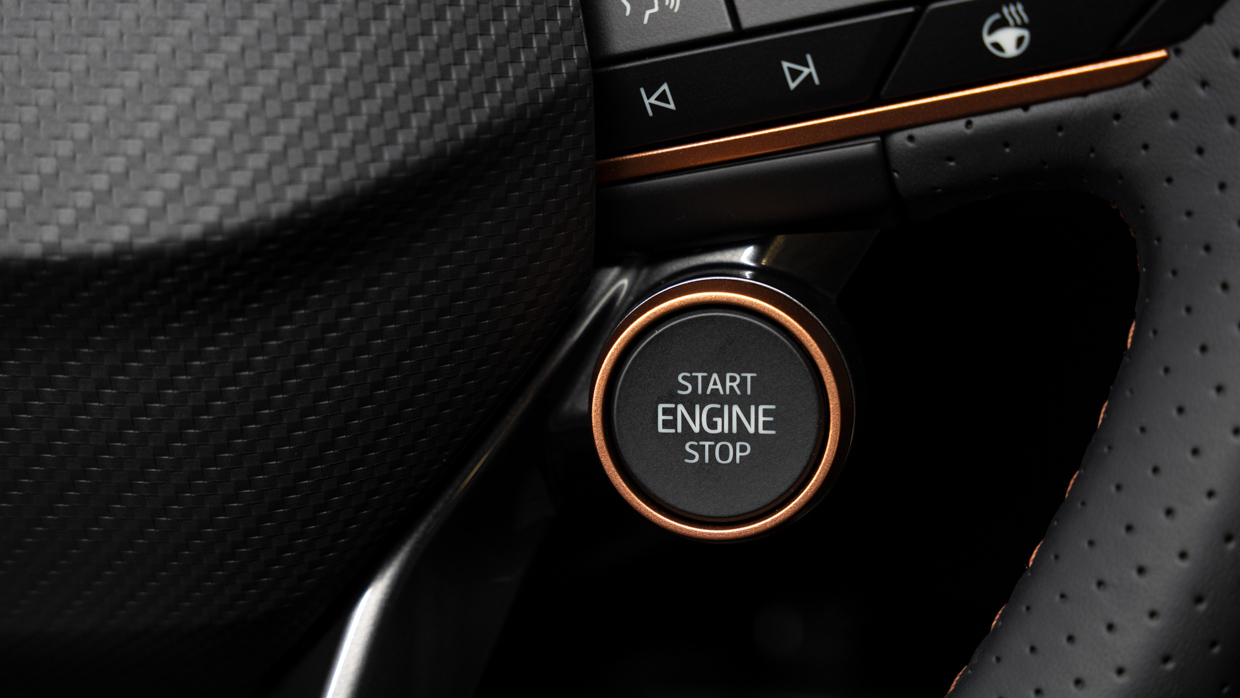
Few bugbears appear. They might include touch-capacitive climate sliders (though these are backlit in this model), but the always-on climate panel on the 12.9-inch main screen significantly reduces frustration, and the perforated thin-rimmed leather wheel has real buttons and knobs.
Terramar also provides us with further clear evidence of the Volkswagen Group’s snap-back to high perceived quality with the reappearance of things like faux-leather door grabs which sound unimportant, but you touch them every time you leave the car.
Connectivity is decent, with both displays logical to operate and wireless smartphone mirroring working without fault—and the base nine-speaker stereo is good (the 12-speaker Sennheiser a crisper improvement).
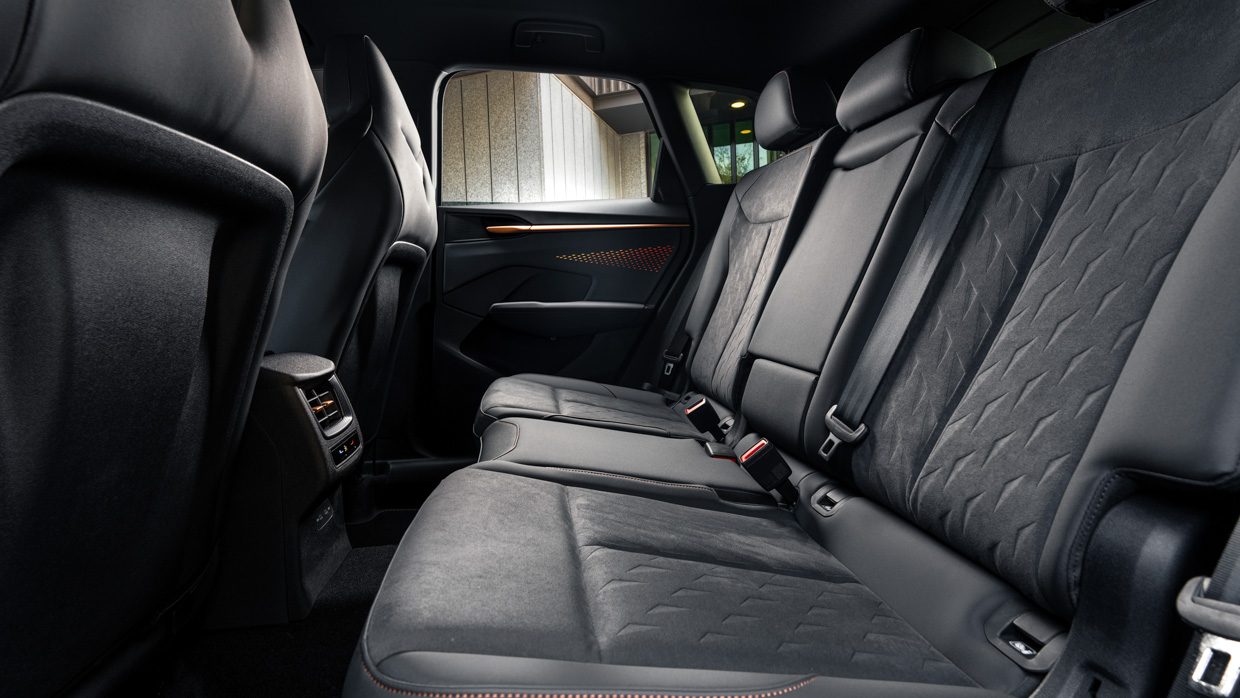
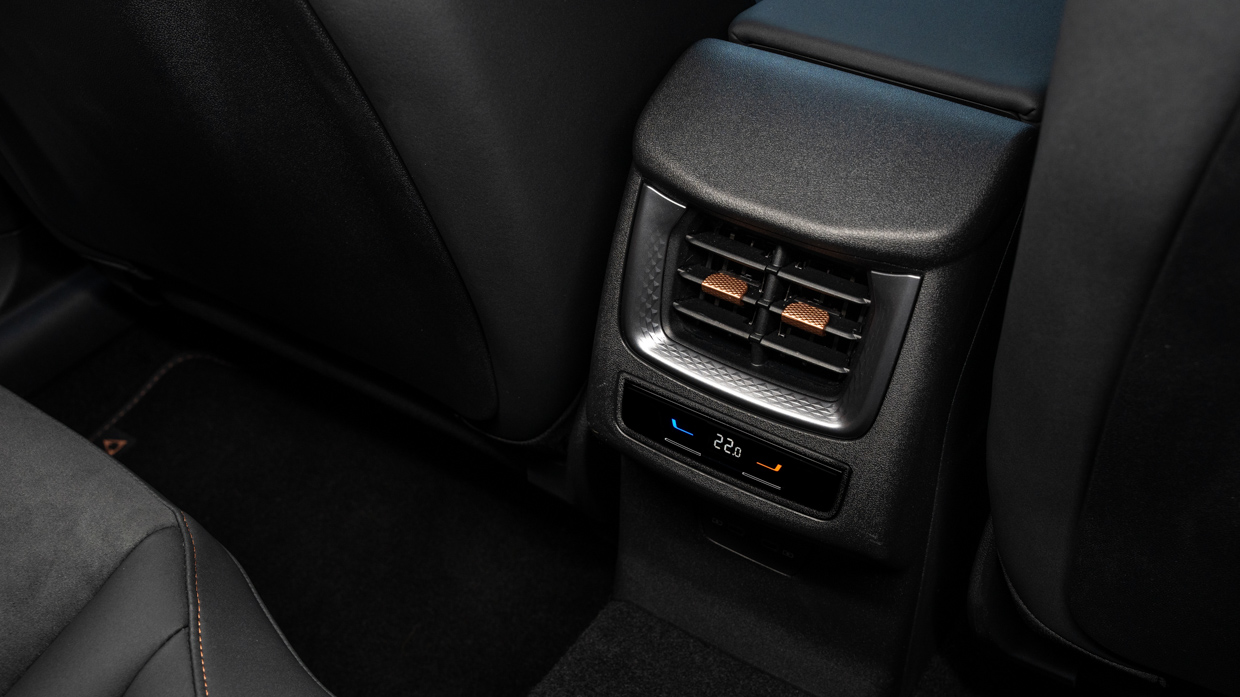
But the lack of a companion smartphone app offering things like remote locking and operation of the air conditioning puts Cupra behind many rivals.
The back seat is supportive, too, and benefits from a sliding system and air vents. However, you’d say the Terramar is only just big enough for families: six-footers do fit but this Cupra still isn’t generously proportioned.
We love the size but modern families with a couple of kids and heaps of stuff in tow will wish Cupra offered a bigger SUV…which they do, in the all-electric Tavascan, but the Terramar is as big as this brand’s combustion cars get.
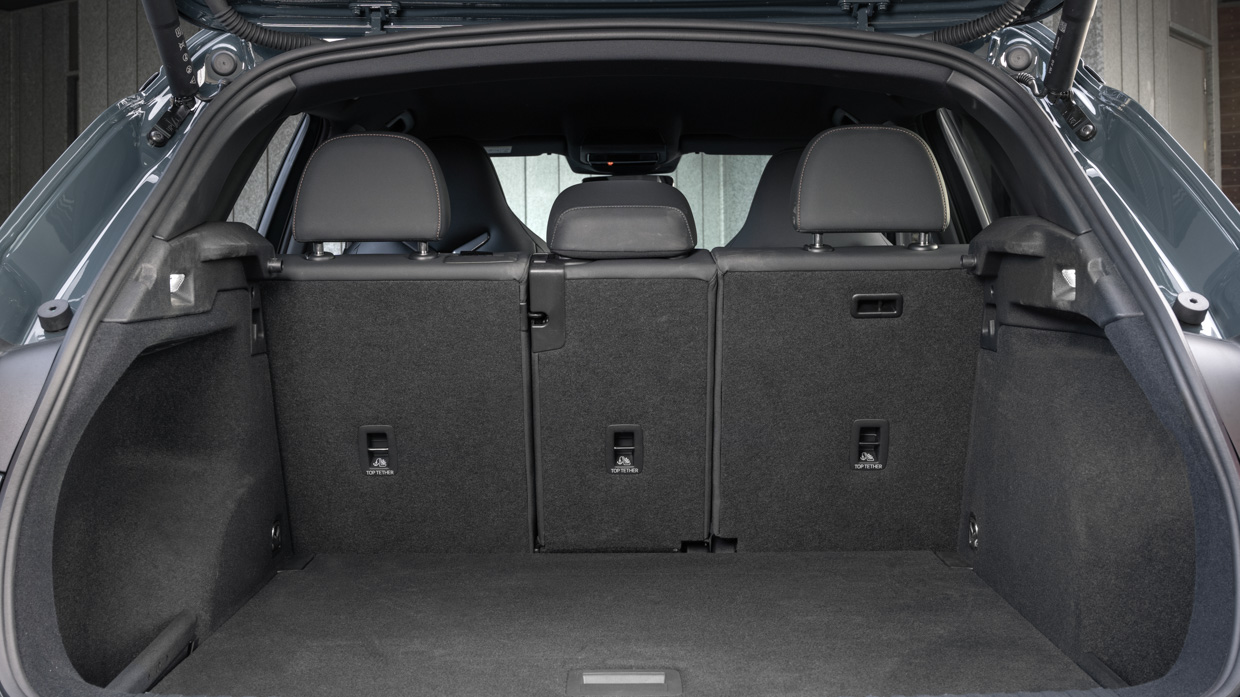
Unlike the Volkswagen Tiguan, there is currently no equivalent expanded wheelbase, seven-seat ‘Tayron’ sibling under the Cupra brand, and we think that’s a shame.
Boot space, behind a standard kick open/close power tailgate, is decent for the class at a minimum of 508 litres (with the rear seats slid back), expanding significantly if those pews are pushed forward or folded flat.
A space saver spare wheel is standard.
The Terramar carries a five-star ANCAP safety rating with a 2025 date stamp. ANCAP’s protocols became harder in 2025, so this Cupra has a few extra safety systems, including driver monitoring which can be a touch oversensitive at times.
Safety scores published by ANCAP for the Terramar are as follows:
The five-star score was crucial given Cupra intends to sell more cars to fleets in future, while families can also sit tight knowing this is a safe car.
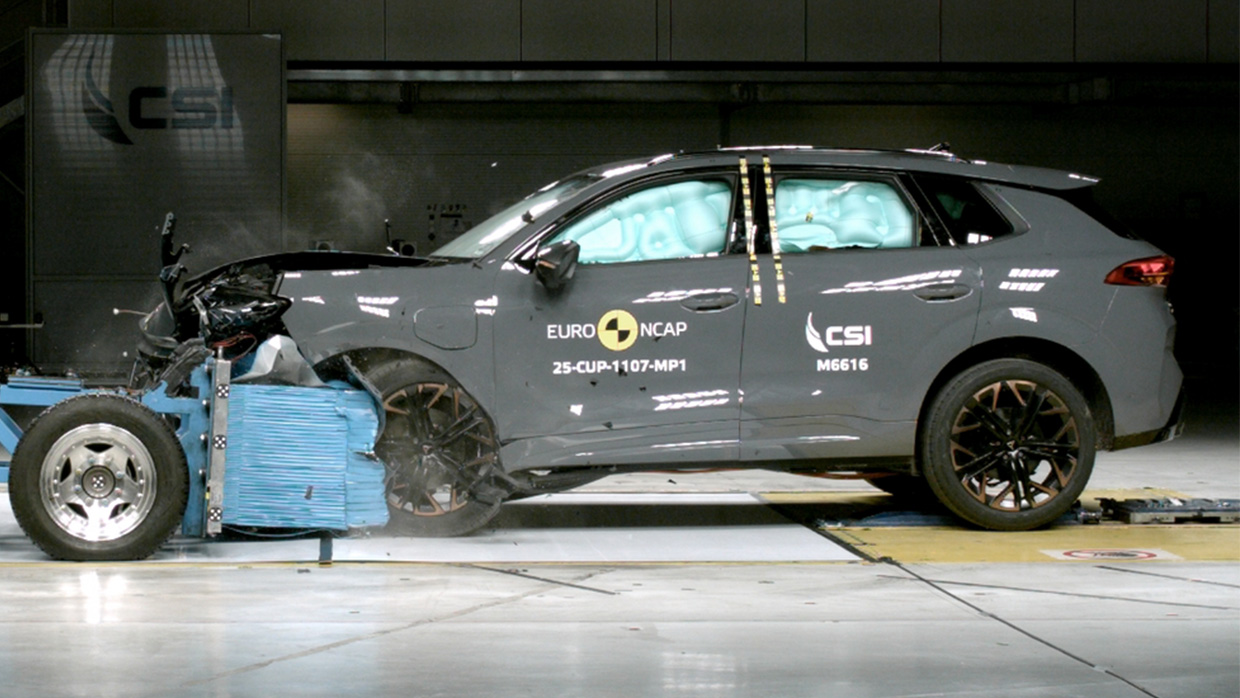
The Terramar has AEB that works when moving forward, at junctions, and in reverse via the brand’s Manoeuvre Braking technology.
We like the smooth operation of the cruise control and lane keep assist, though the presence of audible speed warnings (silenced with two taps of the steering wheel) is intrusive and must be disabled at every engine start.
Unlike some (very) mild hybrid systems, the Terramar’s 48-volt infused powertrain works effectively to reduce fuel use in realistic situations.
We managed to get surprisingly close to Cupra’s claim of 5.7L/100km for the Terramar S variant, recording 5.4L/100km on an extended highway run and just 6.8L/100km on a very sporty and hilly run.
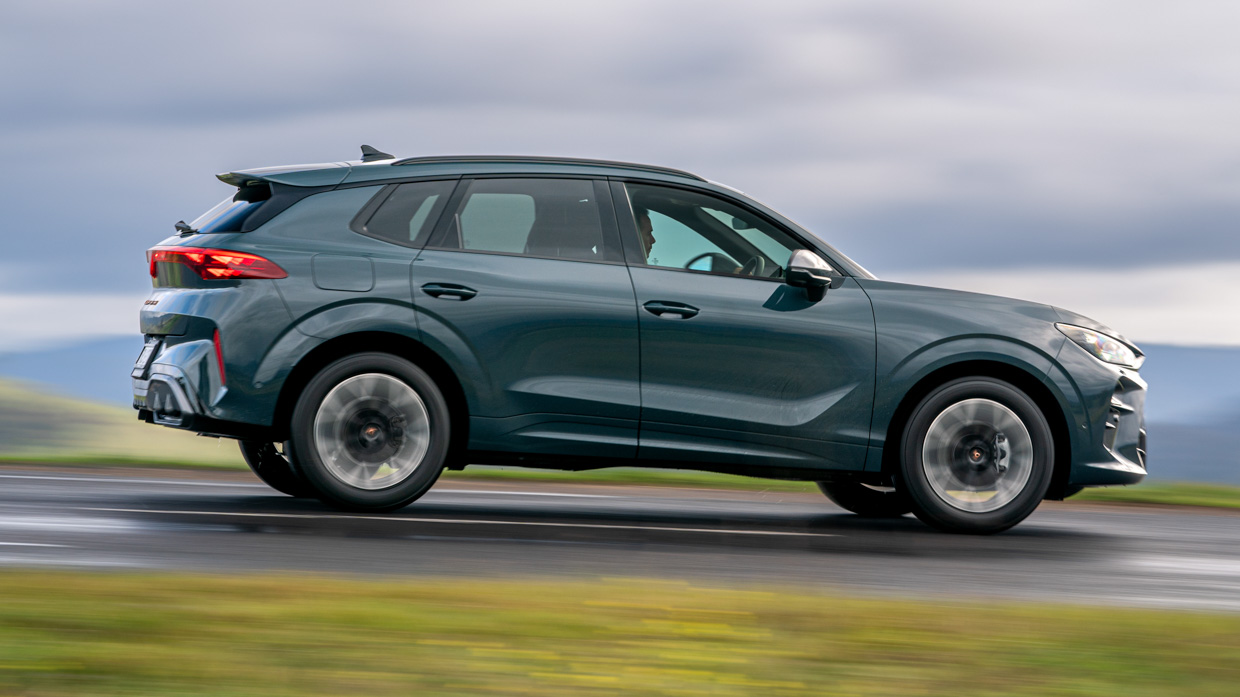
In town, where the turbo is working harder and the hybrid system has less of a chance to turn the engine off, fuel consumption does increase to about 7.5L/100km.
From its 55-litre fuel tank, our results indicate a real-world driving range of 1018km on the highway (impressive) or 733km in town.
Pre-paid servicing plans are available for the Terramar at a cost of $1490 for three years/45,000km, or $2590 for five years/75,000km.
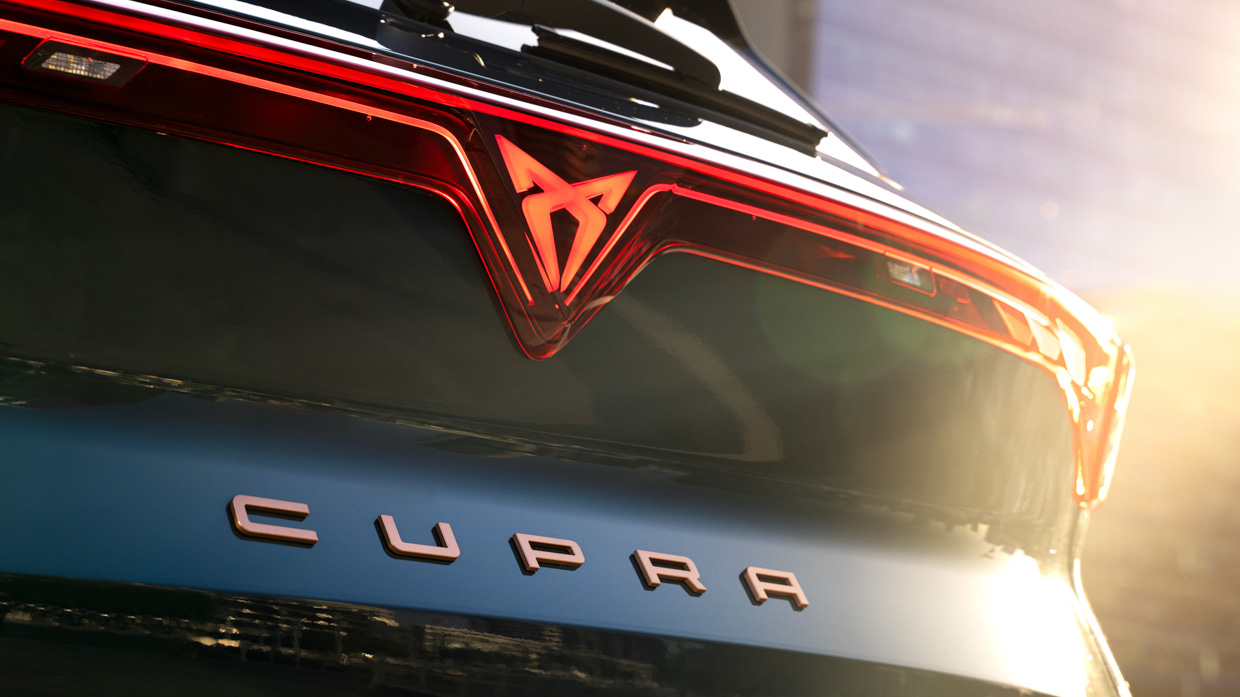
Despite being less complex to service the front-drive Terramar S does not get a discount on the pre-paid plan.
Warranty is five years with unlimited kilometres for the Terramar.
The Cupra Terramar is not the biggest, flashiest, techiest or fastest midsize SUV around.
However, it is an amazingly well-executed, and well-balanced, family wagon that will appeal to buyers who appreciate mature driving dynamics, interesting design, and a mature technology overlay.
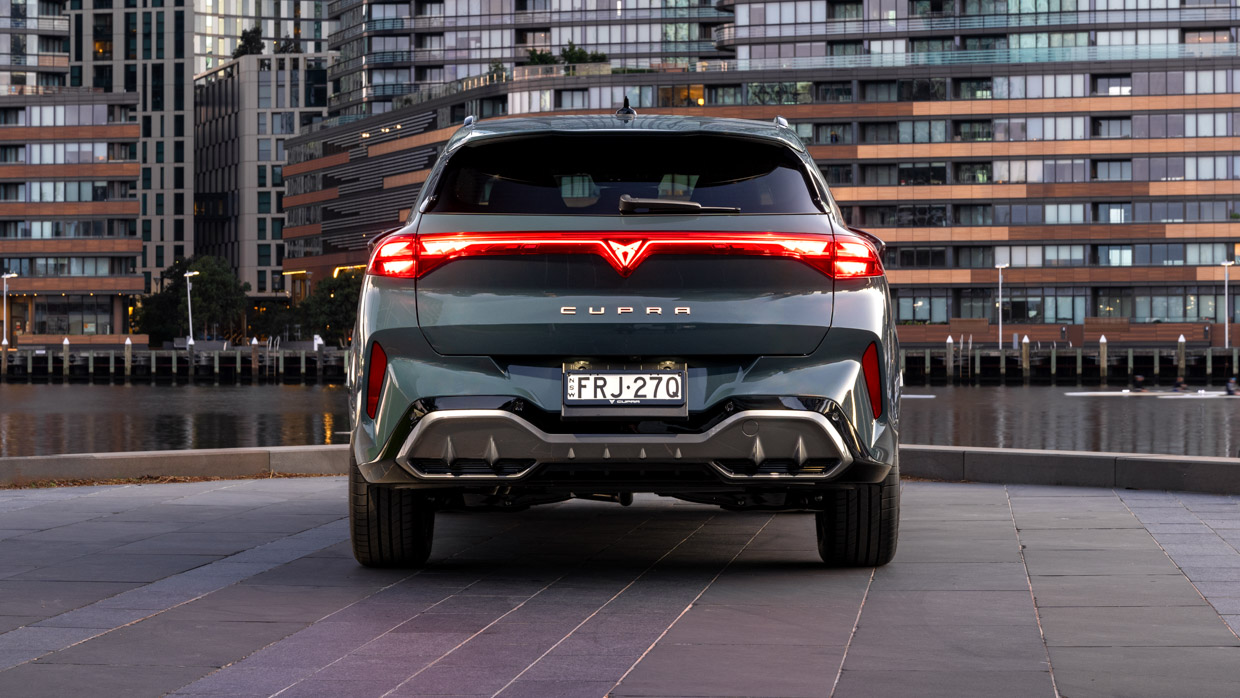
The well-known Volkswagen Tiguan hits all the same kind of buttons, but the Terramar’s slightly spicier execution appeals to us.
Cupra’s deft product planning of the Australian Terramar lineup means this is also an amazingly well-stocked SUV even in base grade.
While it isn’t the cheapest option out there, owners are left wanting for very little, with almost all conveniences and luxuries included as standard.
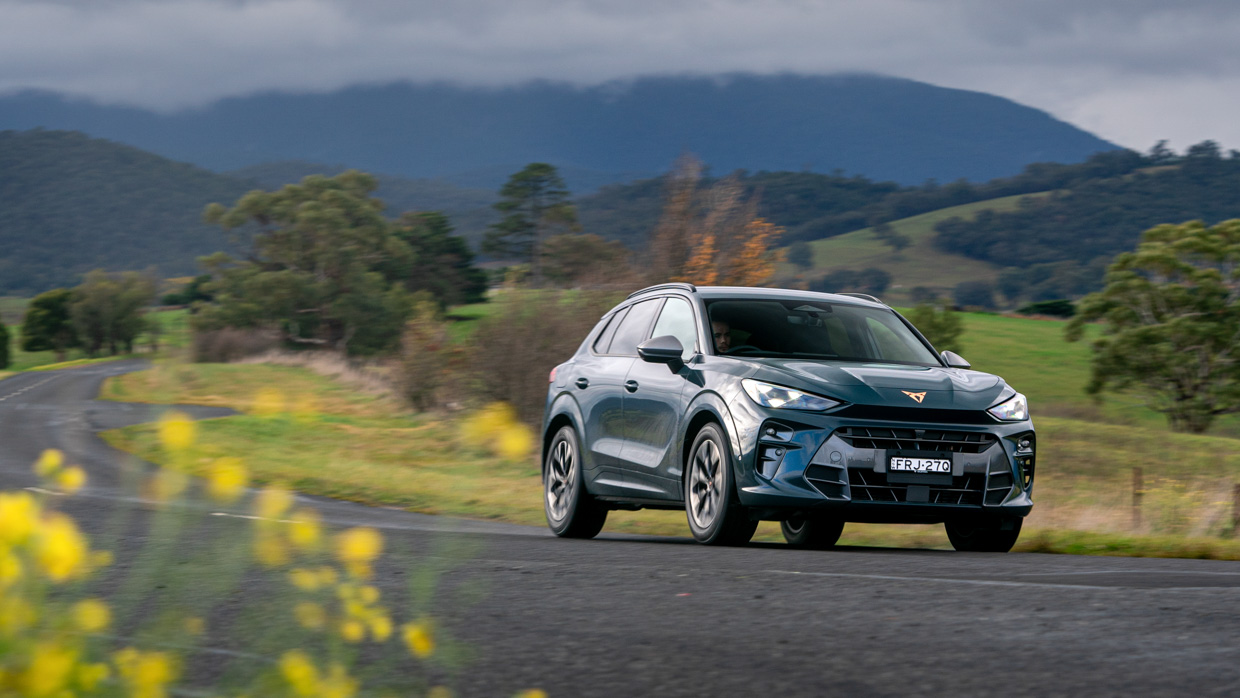
Fitment of an effective mild hybrid, turbocharged powertrain at the base level also means it’s possible to access a punchy and efficient engine without spending up on the PHEV, though one is coming soon.
While it doesn’t carry the brand recognition of its parent, midsize SUV shoppers happy to consider an offbeat option should place the Terramar at the top of their lists.
Key specs (as tested)
About Chasing cars
Chasing Cars reviews are 100% independent.
Because we are powered by Budget Direct Insurance, we don’t receive advertising or sales revenue from car manufacturers.
We’re truly independent – giving you Australia’s best car reviews.
The estimate provided does not take into account your personal circumstances but is intended to give a general indication of the cost of insurance, in order to obtain a complete quote, please visit www.budgetdirect.com.au. Estimate includes 15%^ online discount.
^Conditions Apply
Budget Direct Insurance arranged by Auto & General Services Pty Ltd ACN 003 617 909(AGS) AFSL 241 411, for and on behalf of the insurer, Auto & General Insurance Company Limited(ABN 42 111 586 353, AFSL 285 571).Because we don’t know your financial needs, we can’t advise you if this insurance will suit you. You should consider your needs and the Product Disclosure Statement before making a decision to buy insurance. Terms and conditions apply.
Indicative quote based on assumptions including postcode , 40 year old male with no offences, licence suspensions or claims in the last 5 years, a NCD Rating 1 and no younger drivers listed. White car, driven up to 10,000kms a year, unfinanced, with no modifications, factory options and/or non-standard accessories, private use only and garaged at night.
^Online Discounts Terms & Conditions
1. Discounts apply to the premium paid for a new Budget Direct Gold Comprehensive Car Insurance, Third Party Property Only or Third Party Property, Fire & Theft Insurance policy initiated online on or after 29 March 2017. Discounts do not apply to optional Roadside Assistance.
2. Discounts do not apply to any renewal offer of insurance.
3. Discounts only apply to the insurance portion of the premium. Discounts are applied before government charges, taxes, levies and fees, including instalment processing fees (as applicable). The full extent of discounts may therefore be impacted.
4. We reserve the right to change the offer without notice.